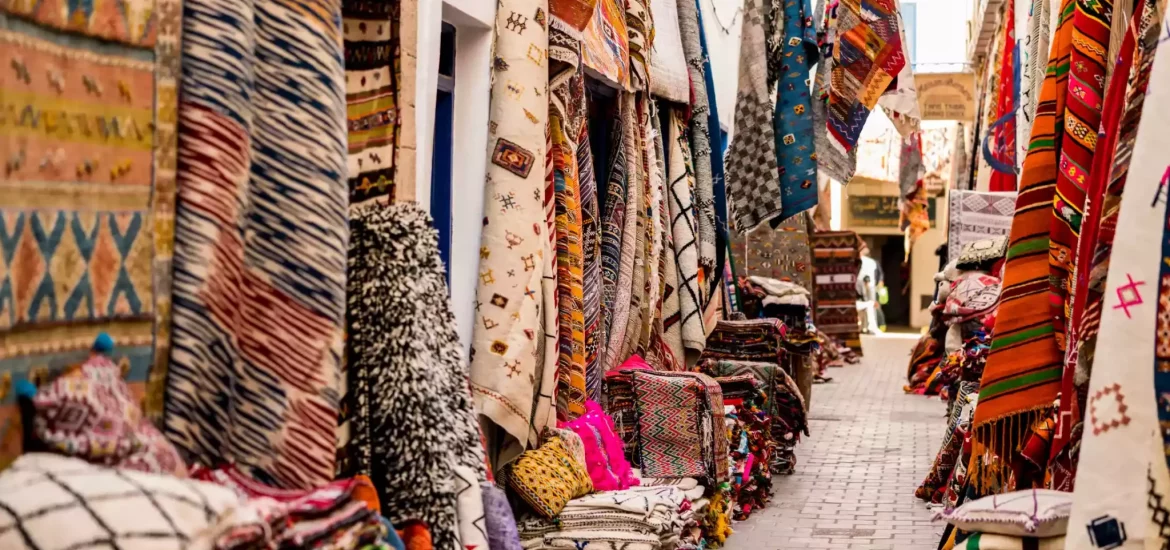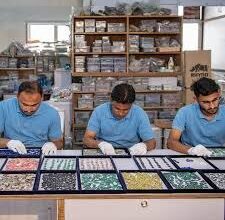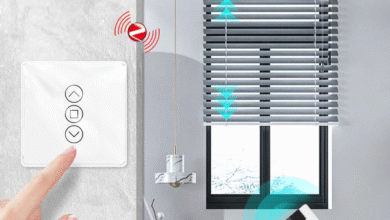Vintage Moroccan Rugs: The Beauty of Age and Storytelling
Vintage Moroccan rugs are more than floor coverings—they’re pieces of history. Woven decades ago by Amazigh women in remote villages, these rugs carry the colors of the land, the rhythms of tribal life, and the stories of generations. At Moroccan Berber Carpets, we specialize in sourcing authentic vintage rugs that celebrate imperfection, individuality, and the soulful artistry of time.
- What Makes a Moroccan Rug “Vintage”?
A rug is typically considered vintage if it is 20 to 80 years old. These rugs were handwoven in traditional Moroccan communities, often for personal or domestic use rather than commercial sale. Over time, the natural dyes fade, the pile softens, and a rich patina develops—creating a worn beauty that machine-made rugs can never replicate. Each vintage rug is completely unique and often impossible to duplicate.
- The Charm of Imperfection
Unlike new, uniform carpets, vintage Moroccan rugs embrace irregularities. A crooked line, an asymmetrical shape, or a slightly faded hue doesn’t signal a flaw—it reveals the weaver’s human touch. These imperfections create character and charm, adding authenticity and warmth to any interior. For designers and collectors, it’s this handmade essence that makes vintage Berber rugs so compelling.
- Common Styles of Vintage Moroccan Rugs
Vintage Moroccan rugs span a wide range of regional styles, each with its own look and story:
- Boucherouite: Colorful and textured, made from recycled textiles.
- Azilal: Often feature vibrant patterns on a cream background.
- Boujad: Known for bold pinks, reds, and abstract motifs.
- Taznakht: A mix of geometric symmetry and rich earth tones.
- Beni M’guild: Deep jewel tones and dense wool construction.
Each type reflects the weaver’s environment, beliefs, and creativity, making every piece a one-of-a-kind artifact.
- Why Designers Love Vintage Rugs
Interior designers often turn to vintage Moroccan rugs for their versatility. They can soften a modern space, add color to a minimalist room, or introduce texture to a clean-lined aesthetic. Their faded hues and abstract patterns make them ideal for layering, mixing with other textiles, or using as statement pieces. Best of all, they offer a lived-in feel that instantly makes a space more inviting and soulful.
- Ethical Sourcing and Sustainability
Choosing a vintage Moroccan rug isn’t just a design decision—it’s a sustainable one. By repurposing existing textiles, you’re reducing demand for new materials and supporting circular design. At Moroccan Berber Carpets, we work directly with local communities to source our vintage rugs ethically. We ensure fair compensation for the families who’ve kept and preserved these heirlooms, and we never deal in mass-produced imitations.
- How to Care for a Vintage Rug
Despite their age, vintage Moroccan rugs are surprisingly resilient, especially those made with natural wool and plant-based dyes. To care for your rug:
- Vacuum gently and avoid heavy beater bars.
- Rotate regularly to ensure even wear.
- Spot clean with mild soap or consult a professional for deep cleaning.
- Use a rug pad to protect the fibers and prevent slipping.
With simple care, your vintage rug will continue to age beautifully and remain a cherished part of your home for years to come.
At Moroccan Berber Carpets, each vintage rug in our collection has been carefully selected for its artistry, history, and condition. These rugs are not just decorative objects—they’re stories you can walk on, pieces of heritage that bring soul and substance to any space. If you’re looking for a timeless, meaningful design element, a vintage Moroccan rug is an unforgettable choice.




